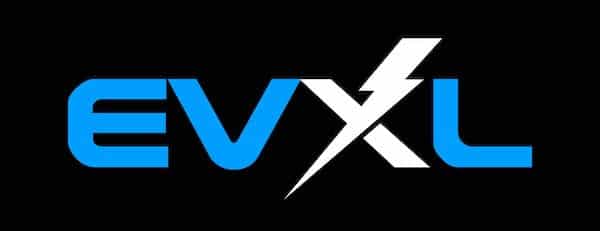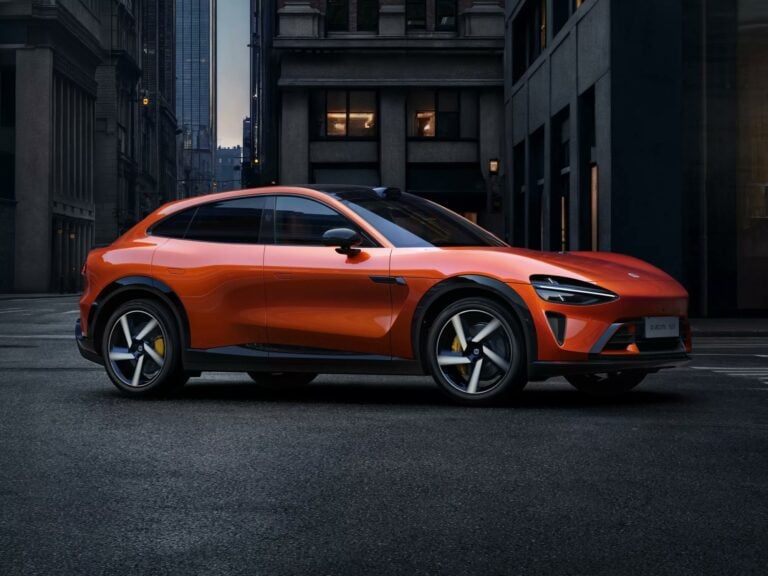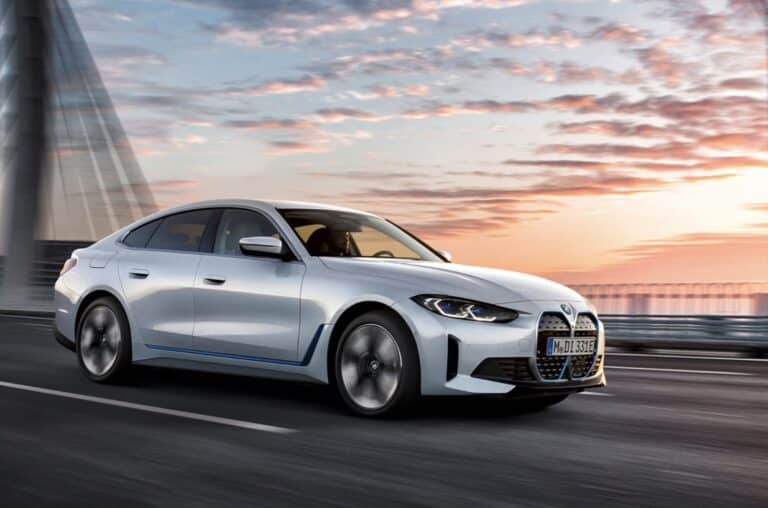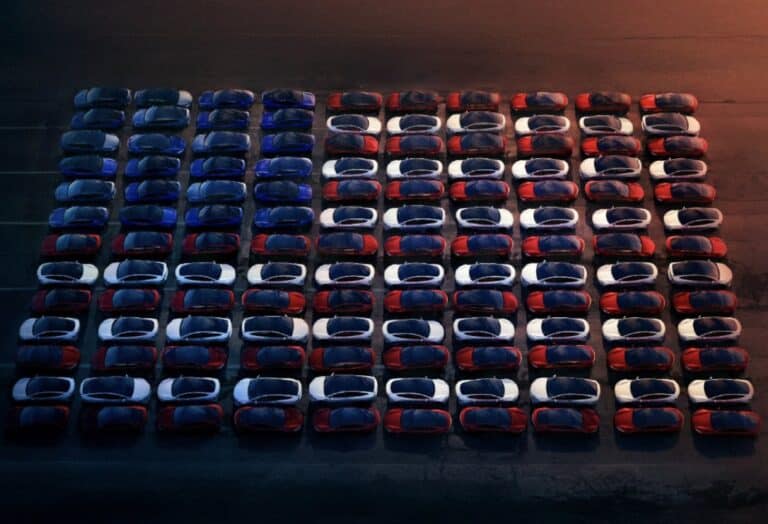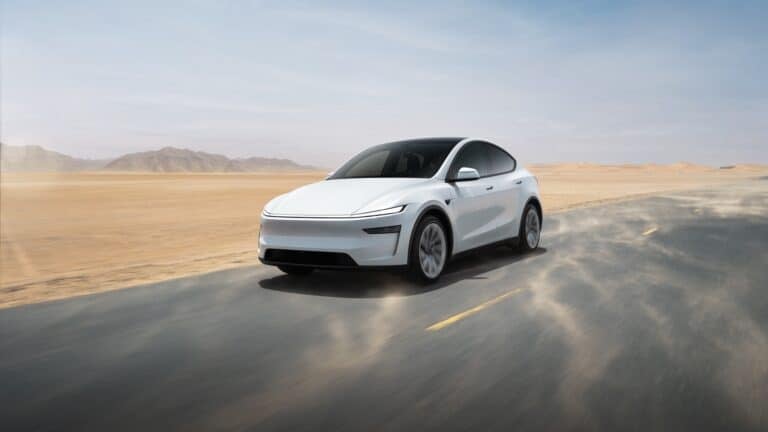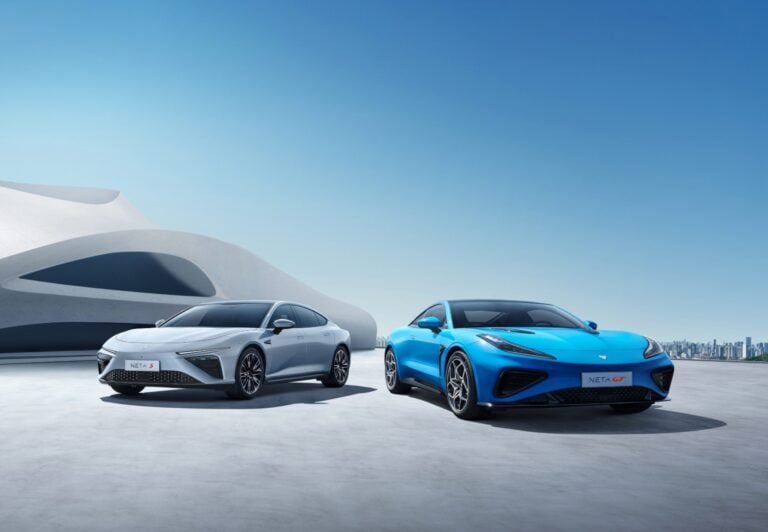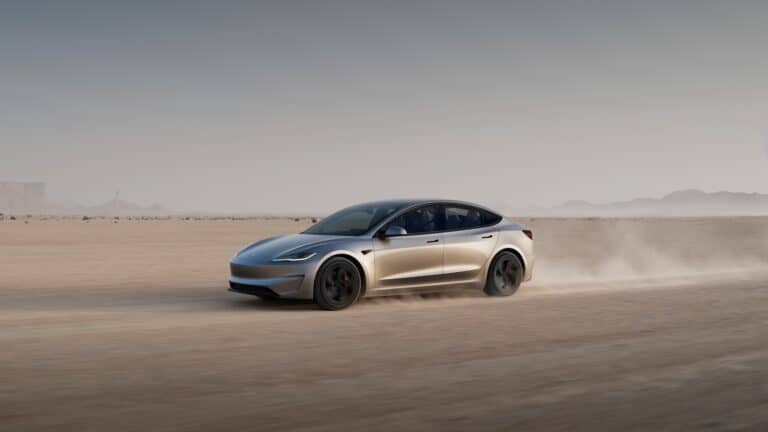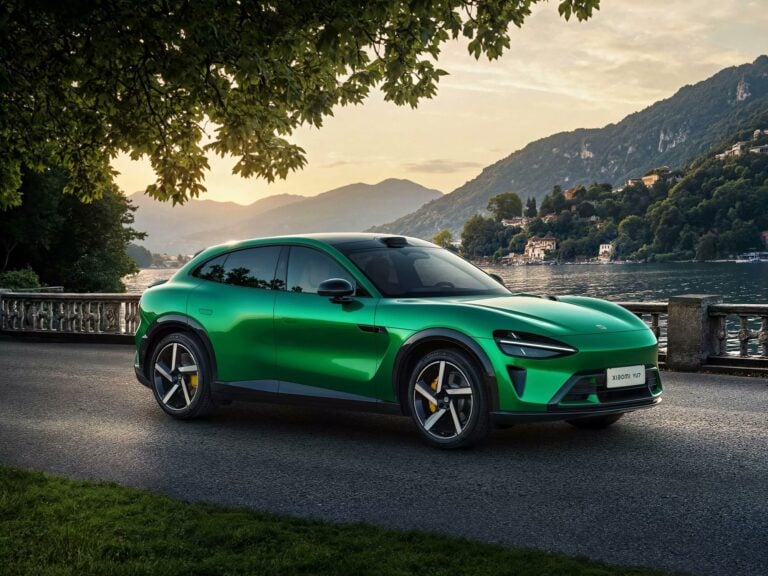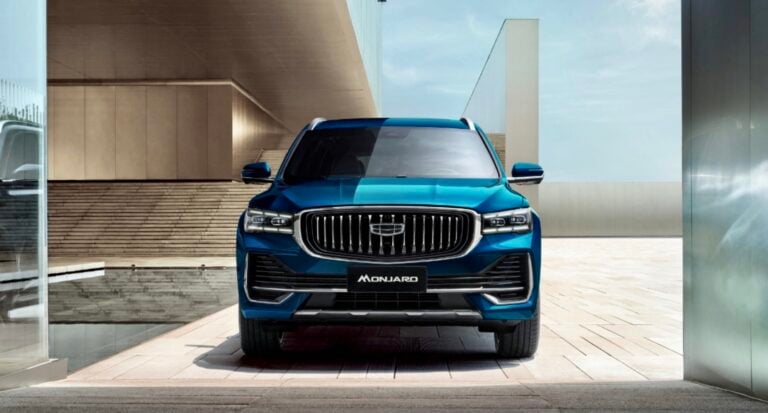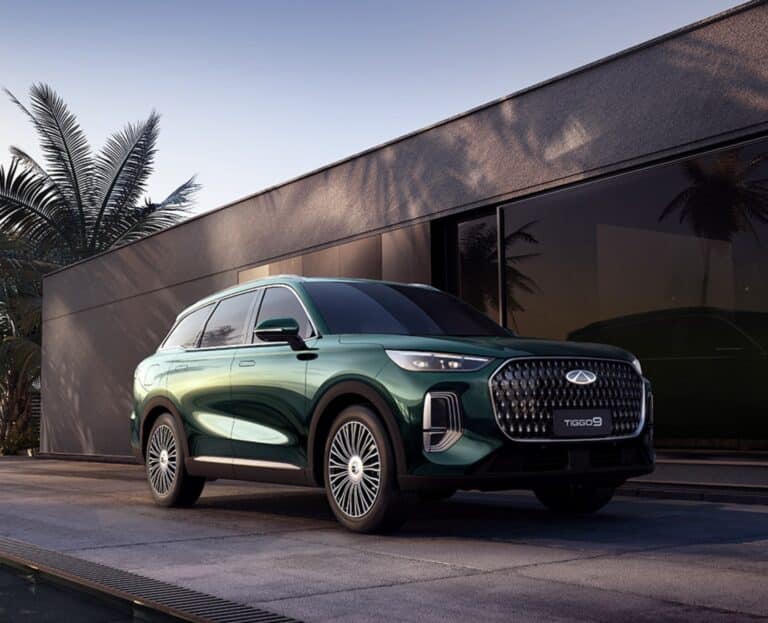Electric vehicle sales in the United States continued their upward trajectory in November, with a 10% month-over-month increase and a 13.6% jump compared to November 2022, according to new data from Cox Automotive. This growth comes as the EV market shows signs of normalizing inventory levels and maintaining steady price points, though upcoming regulatory changes could impact availability of federal tax incentives, reports KBB.
EVs now represent 8.5% of new vehicle sales in the US market, while the used EV segment holds a modest but growing 1.8% share. These figures suggest increasing mainstream adoption, particularly as manufacturers and dealers have largely resolved the inventory challenges that marked the beginning of 2023.
Market Dynamics Stabilizing
The EV market’s maturation is evident in dealer inventory levels, which have reached a more sustainable 93-day supply – approaching parity with the overall automotive industry’s 85-day benchmark. This represents a significant shift from the oversupply concerns that plagued manufacturers earlier in the year, with November alone seeing a 13.8% reduction in EV inventory.
Pricing has remained relatively stable, with the average EV transaction price settling at $55,105 in November. While this represents a modest 1.8% decrease from October, year-over-year prices are up 1.4%. The premium for choosing an electric vehicle over a conventional gasoline-powered car currently stands at $6,940.
Luxury brands have shown the most price volatility, with Jaguar, Audi, and Porsche recording significant monthly price reductions, while Volkswagen and Mercedes-Benz implemented notable increases.
Federal Incentive Changes Could Impact Market
A critical factor for potential EV buyers is the impending change to federal tax credit requirements starting January 1, 2025. The current program offers up to $7,500 for new EVs and $4,000 for used vehicles, with the ability to apply these credits at the point of sale through dealer assignment.
However, stricter sourcing requirements will soon take effect:
- Battery component sourcing from North America must increase from 60% to 70%
- Critical mineral sourcing from the US or approved trade partners must rise from 50% to 60%
These changes reflect broader policy goals to reduce dependency on Chinese supply chains, but they could temporarily impact credit availability for some models. Manufacturers are working to adjust their supply chains, though some vehicles may temporarily lose eligibility until compliance is achieved.
Notably, leased vehicles remain exempt from these sourcing requirements, potentially making leasing a more attractive option for consumers seeking to maximize available incentives.
Auswirkungen auf die Industrie
The steady growth in EV adoption, combined with normalizing inventory levels, suggests the market is entering a more mature phase. However, the upcoming regulatory changes pose new challenges for manufacturers and could influence consumer purchase decisions in early 2025.
As automakers race to secure compliant supply chains, the industry may see temporary fluctuations in model availability and pricing. The leasing exemption could lead to increased lease penetration rates, particularly for models that might otherwise lose tax credit eligibility.
These developments come as the broader auto industry continues its electric transition, with manufacturers investing heavily in domestic production and supply chain development to meet both regulatory requirements and growing consumer demand.
Foto mit freundlicher Genehmigung von Tesla.
Entdecken Sie mehr von EVXL.co
Melde dich für ein Abonnement an, um die neuesten Beiträge per E-Mail zu erhalten.
